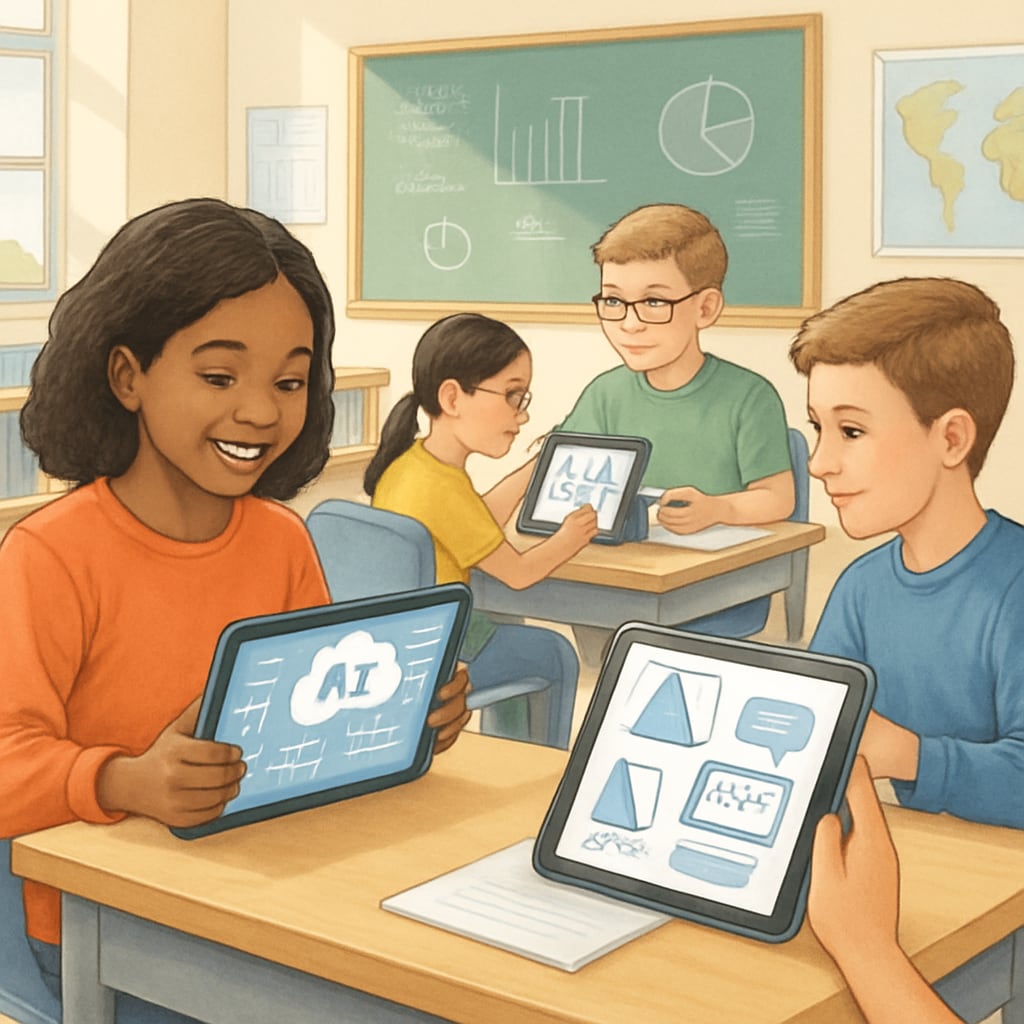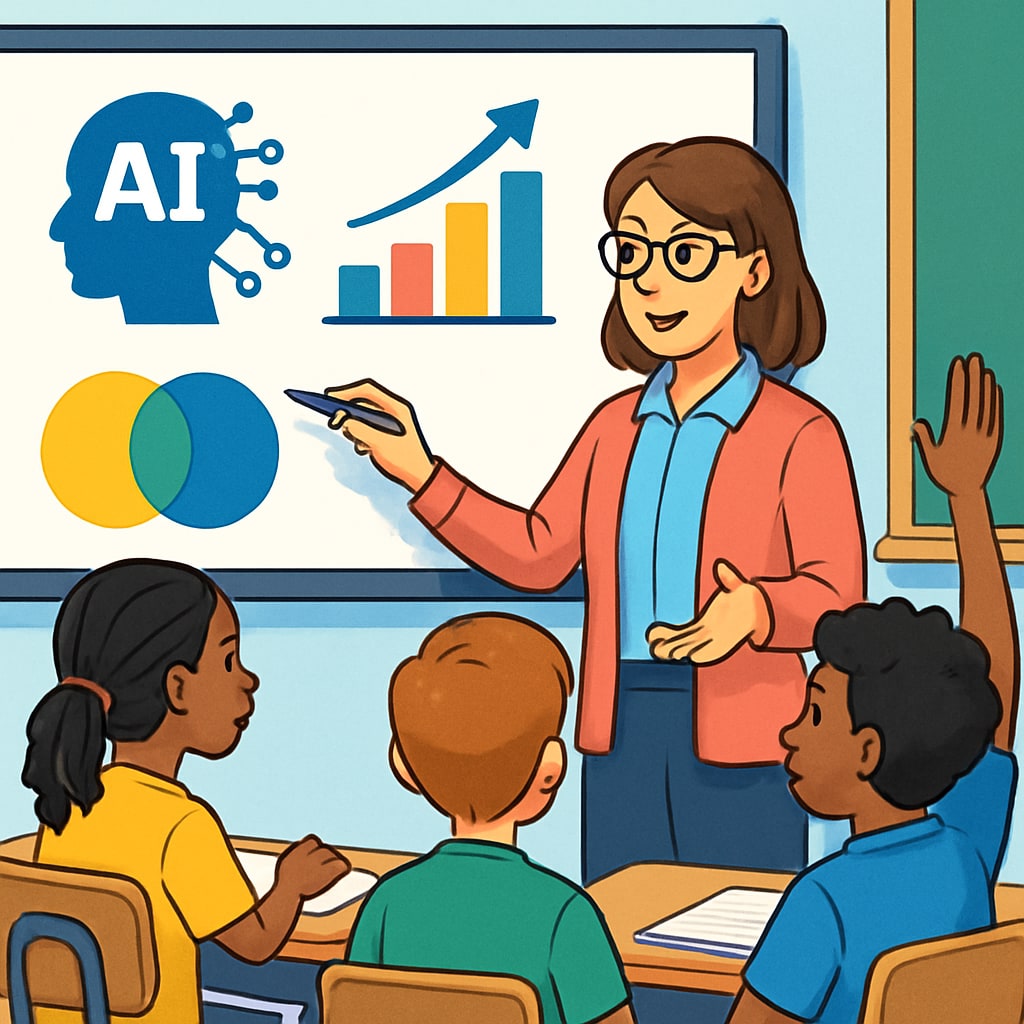Artificial intelligence (AI) is rapidly transforming the landscape of education, with its potential impacts on K12 education being both profound and far-reaching. Over the next 5-10 years, AI is expected to revolutionize the classroom experience in areas such as personalized learning, the evolving role of teachers, and equitable resource distribution. This technological shift not only promises to enhance the efficiency of traditional education but also raises important questions about preserving the essence of learning and human connection in the process.
Personalized Learning: Tailoring Education to Individual Needs
One of the most significant ways AI is set to impact K12 education is through personalized learning. Traditional classrooms often follow a one-size-fits-all approach, which can leave some students struggling while others become disengaged. AI-powered tools, however, can analyze individual student data to create customized learning paths that cater to their unique strengths, weaknesses, and learning paces.
For example, platforms like Khan Academy already utilize AI algorithms to adapt content based on student performance. In the future, such tools may evolve into virtual tutors capable of providing real-time feedback, identifying knowledge gaps, and suggesting tailored exercises for improvement. As a result, students can receive a more personalized and effective education, bridging the achievement gap in diverse classrooms.

Redefining the Role of Teachers in AI-Driven Classrooms
While AI has the potential to automate certain aspects of teaching, it will not replace educators. Instead, it will redefine their roles, enabling them to focus on areas where human interaction is irreplaceable: mentorship, emotional support, and fostering critical thinking skills.
For instance, AI can handle administrative tasks such as grading and attendance tracking, freeing teachers to spend more time engaging with students. Teachers could also use AI-generated insights to identify struggling learners and intervene proactively. Moreover, AI-powered tools can serve as co-teachers, assisting educators with lesson planning and content delivery.
However, this shift will require educators to develop new skills, such as interpreting AI-generated data and integrating technology into their teaching methods. Professional development programs will play a crucial role in preparing teachers for this transition.

Addressing Inequities: AI and Resource Allocation
One of the most promising aspects of AI in education is its ability to address resource inequities in underserved communities. AI-powered platforms can provide access to high-quality educational materials, even in regions lacking trained teachers or adequate infrastructure. For example, virtual reality (VR) tools combined with AI could simulate lab experiments in schools without science facilities, offering students hands-on learning experiences regardless of their geographic location.
Additionally, AI can help policymakers make data-driven decisions about resource allocation. By analyzing patterns in student performance and school infrastructure, governments can identify areas needing investment and ensure a more equitable distribution of funds and resources.
The Challenges Ahead: Balancing Technology with Educational Values
Despite its transformative potential, the integration of AI into education comes with challenges. Privacy concerns related to student data collection are significant and must be addressed through robust security measures and ethical guidelines. Furthermore, over-reliance on technology risks diminishing the human aspects of teaching, such as empathy and creativity, which are essential for holistic development.
To navigate these challenges, educators, policymakers, and technologists must work together to establish a framework that integrates AI while preserving the core values of education. This includes fostering not only academic achievement but also social and emotional growth.
In conclusion, AI is poised to revolutionize K12 education over the next decade, reshaping everything from personalized learning to resource allocation. However, as we embrace this technological shift, it is essential to maintain a balanced approach that prioritizes the essence of education: nurturing well-rounded, critical-thinking individuals. By doing so, we can harness the power of AI to create a more inclusive and effective educational future.


